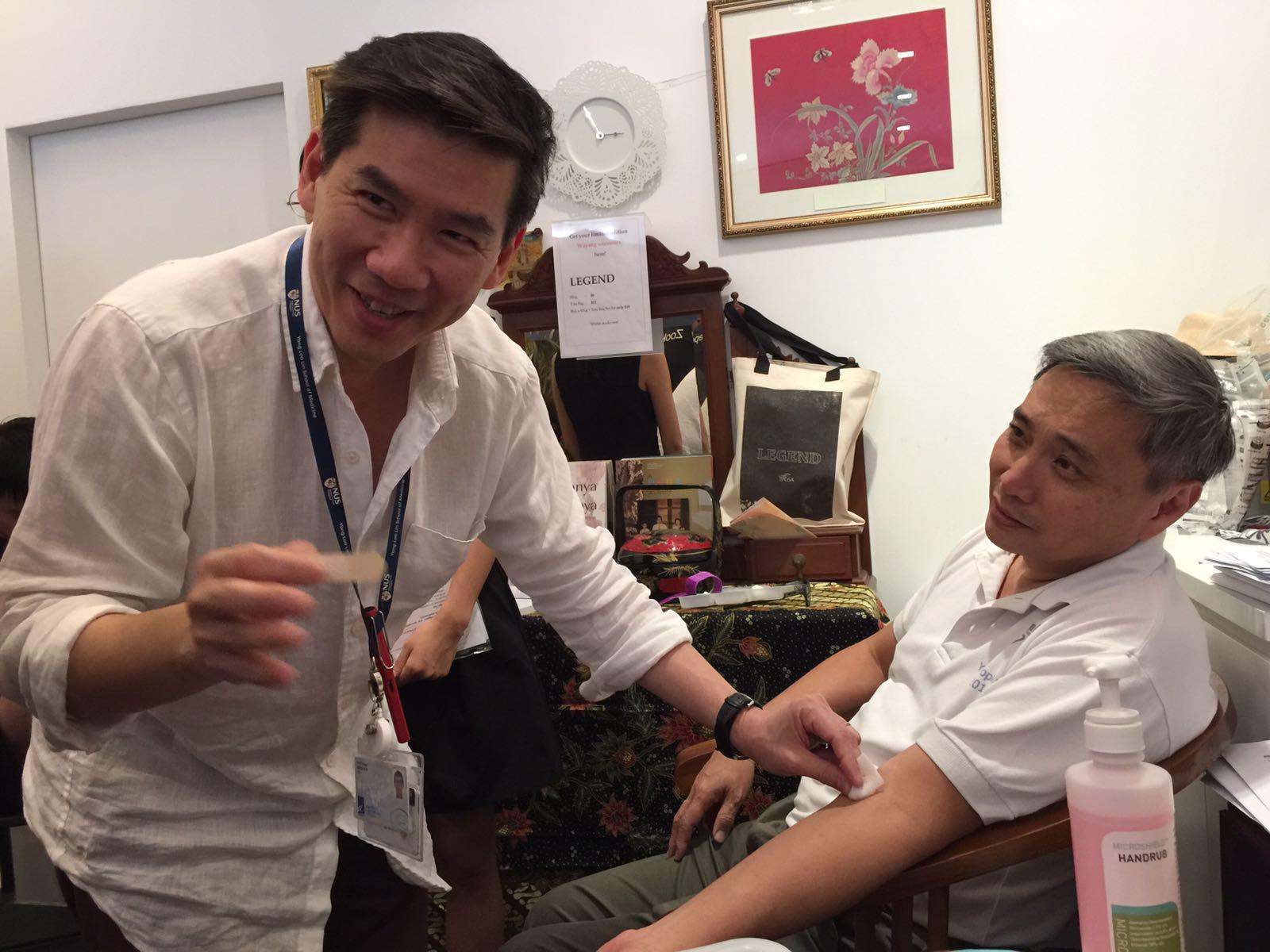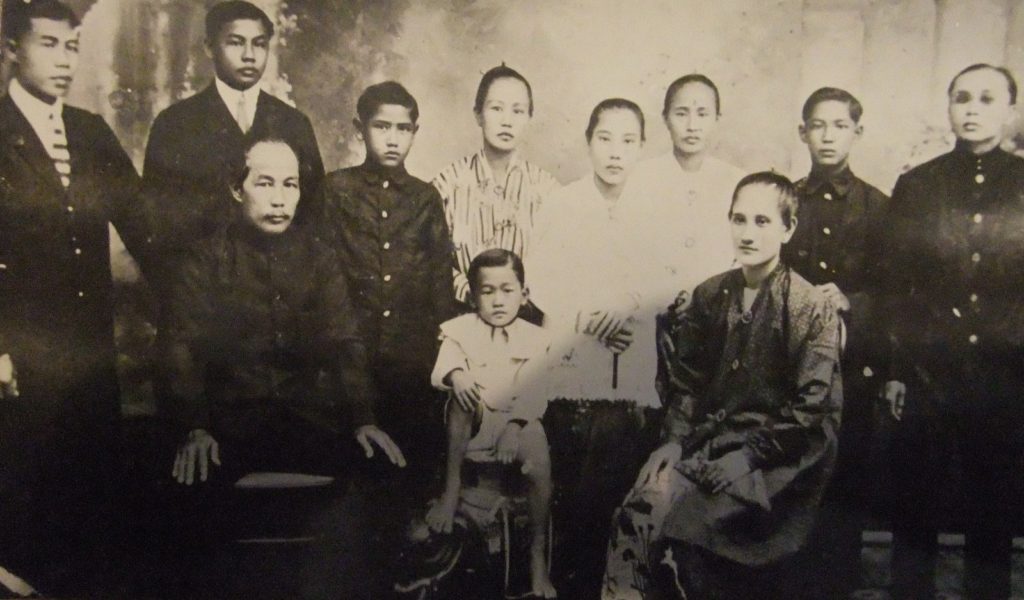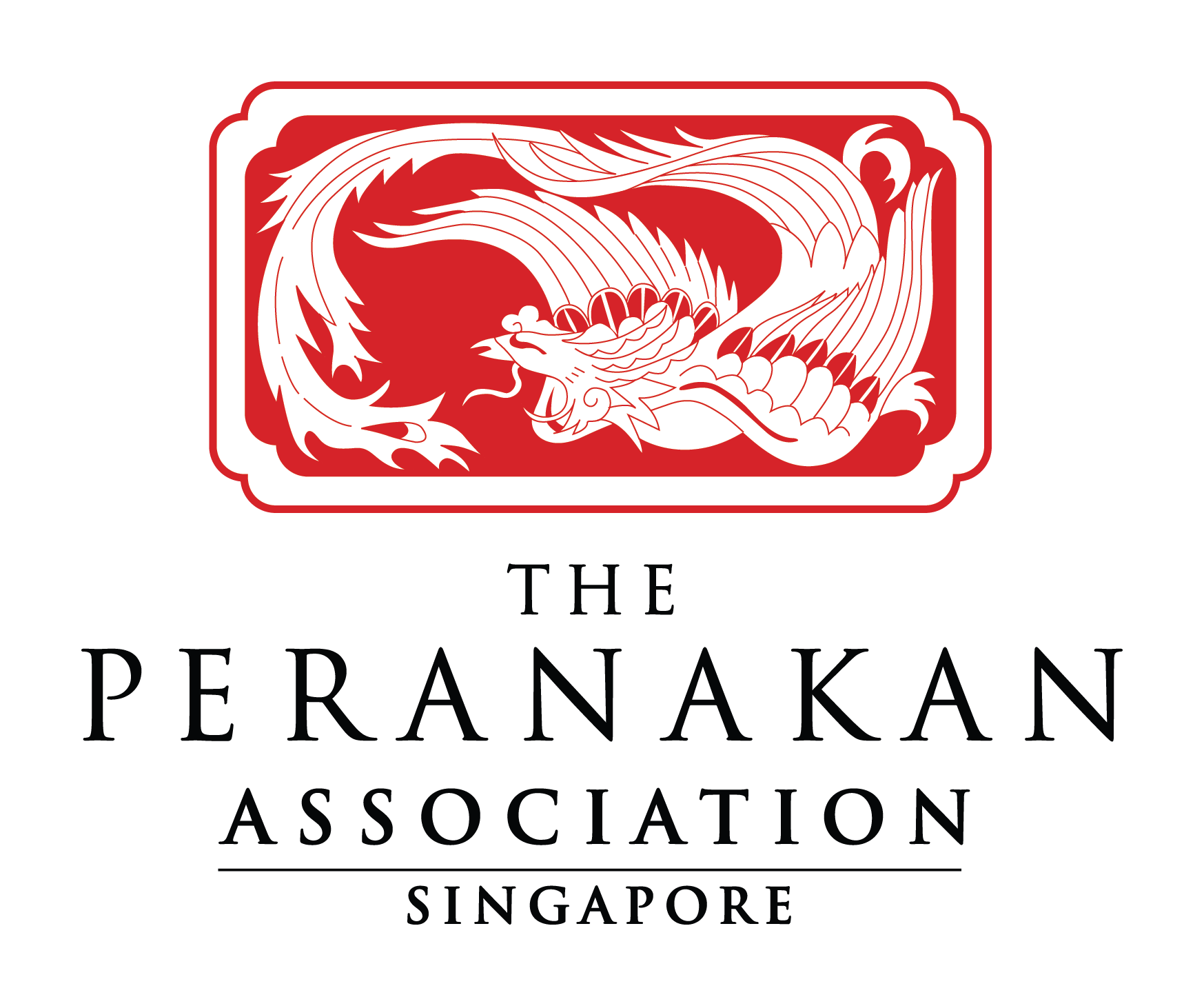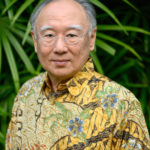HAPPY NEWS
On 16th June, I received a happy and excited announcement from Professor Roger Foo, Senior Group Leader with the Genome Institute of Singapore (GIS).
“Hi Colin, this is a good news email. The paper is finally accepted for publication.”
And no less than in the Molecular Biology and Evolution, an academic journal published by Oxford University Press. The paper in question is GIS’s research report on the genome profiles of Peranakans in Singapore.
GIS has no plans to repeat this study and TPAS is proud to have collaborated with GIS in this ground-breaking Singapore Peranakan Genome Project.
THE STUDY
Blood samples for the study – the Singapore Peranakan Genome Project – were collected from 177 volunteer members of The Peranakan Association Singapore (TPAS) and others in the community in February 2018.
 In August 2019, Professor Foo and Professor Wang Chaolong from Huazhong University of Science and Technology, as principal investigators in the project, shared some aggregated findings at the Peranakan Identity: Who Am I? forum jointly organised by TPAS and GIS.
In August 2019, Professor Foo and Professor Wang Chaolong from Huazhong University of Science and Technology, as principal investigators in the project, shared some aggregated findings at the Peranakan Identity: Who Am I? forum jointly organised by TPAS and GIS.
Out of the 177 blood samples from volunteer donors studied, GIS’s analysis determined that 90 per cent had averaged 90 per cent Chinese DNA and 10 per cent Malay DNA. The remaining 10 percent of the blood samples, a significant segment, showed 100 per cent Chinese DNA.
SAVE YOUR DATE!!! 23 OCTOBER 2021
Now that the full study will soon be published, TPAS and GIS are planning to jointly organise a second forum in October 2021 to share the full detailed findings. It will be a zoom webinar and it will be free for all who are interested.
If you have any questions relating to the topic, please post them to TPAS by 19 August 2021 at events@peranakan.org.sg. We will collate them and have the relevant and substantive questions incorporated, if appropriate, into the presentation by Prof Chaolong.
Please note that we will NOT be responding to all these advanced questions individually. During the webinar, as is the practice, you may still post any questions you have for a possible response before the webinar ends.
A SCIENTIFIC REVELATION
The study is a revelation. To TPAS, the project’s findings have, for the very first time, given scientific credence to our community’s family oral histories and the smattering of early travellers’ eye-witness reports that the Peranakans are descended from the mixed unions of early traders from China, India and even Europe with local Malay women in Southeast Asia.
This does not mean those with 100% Chinese DNA are any less Peranakan than those with mixed Chinese-Malay DNAs.
For me and my wife, Linda Chee nee Tan Gek Neo, at a personal level, the findings have been nothing less than eye-popping.
My genome profile is 86.3% Chinese DNA and 13.7% Malay DNA. However, my spritely
95-year-old see ee (fourth auntie) and her 87-year-old sister, my Auntie Florence, insist it is not Malay blood but Dayak. My maternal grandparents lived in Kuching, Sarawak. Hence, it is entirely probable. In any case, my late mother, three aunties and late uncle all had high cheekbones, deep-set eyes and tanned complexion. My paternal grandparents, on the other hand, both emigrated to Singapore in 1893 from Fuzhou, the then court city of Fujian province.

A portrait of Baba Colin’s maternal great grandparents’ family in Kuching, Sarawak. His maternal great grandfather is seated on the left and great grandmother on the right. The gentleman standing second left is Colin’s maternal grandfather. Notice the mix of modern western suits as well as traditional Zhongshan suits (or Mao suit) worn by the men, and baju panjang by all the women. Photo was taken probably after 1911 when Chinese men could remove their queues hairstyle. Colin’s see ee remembers her grandfather, father and uncles had queues.)
Linda, on the other hand, a seventh generation nyonya whose late parents were from Melaka, has 66.5% Chinese DNA, 27.5% Malay DNA and a not insignificant 6.0% Indian DNA. Where did the Indian DNA come from? Nevertheless, this profile completely reversed her brother’s thinking. Before this, he had been proudly insisting he and his siblings were Peranakan jati with 100% Chinese DNA (a rare combination) because his family’s jiapu has only Chinese names in the family’s paternal lineage.
How science turns the world around, and sometimes, brings it one full circle!!!

